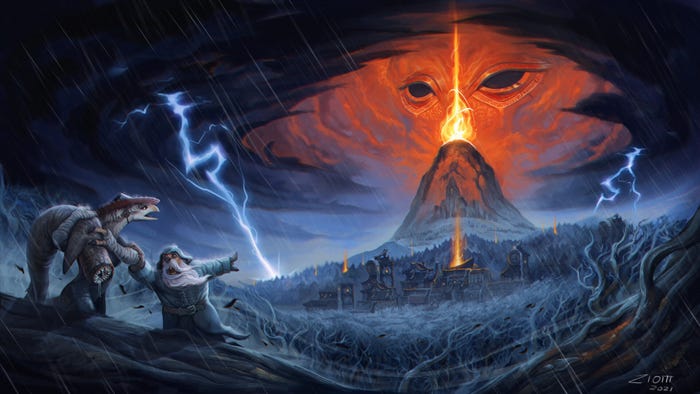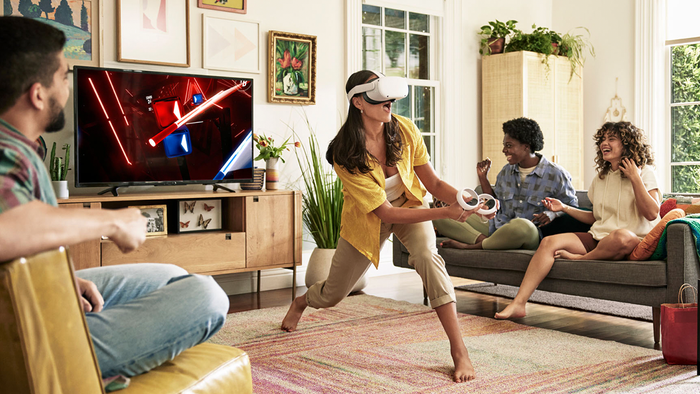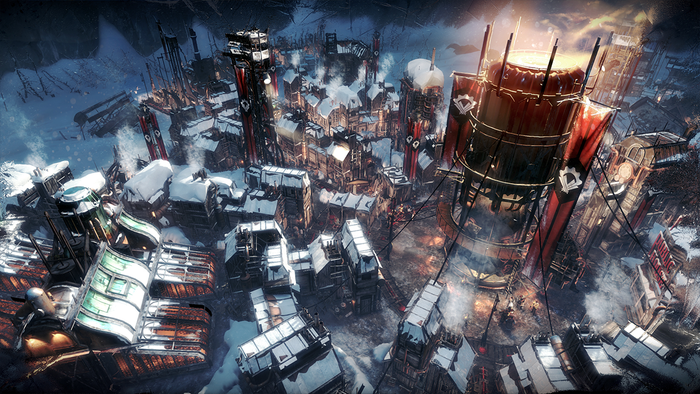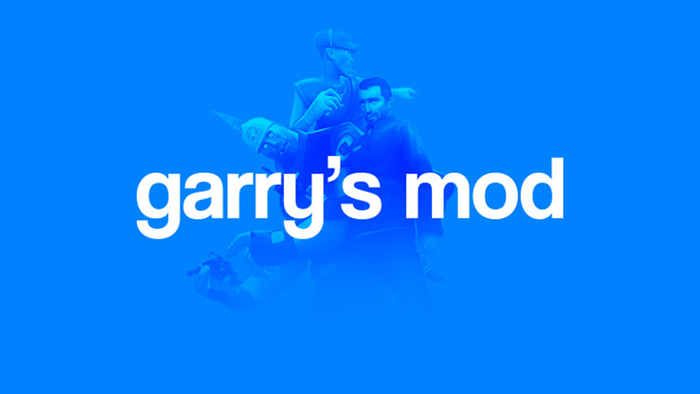Sponsored By
News
The People Can Fly offices in Poland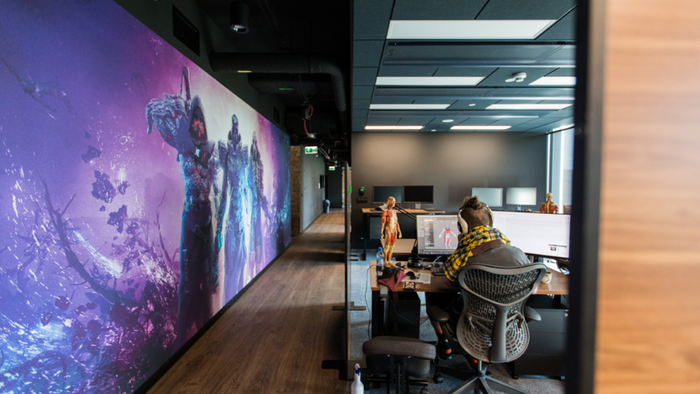
Production
Outriders developer People Can Fly has canned Project DaggerOutriders developer People Can Fly has canned Project Dagger
The cancellation could result in the studio writing off up to $20 million in production costs.
Daily news, dev blogs, and stories from Game Developer straight to your inbox

